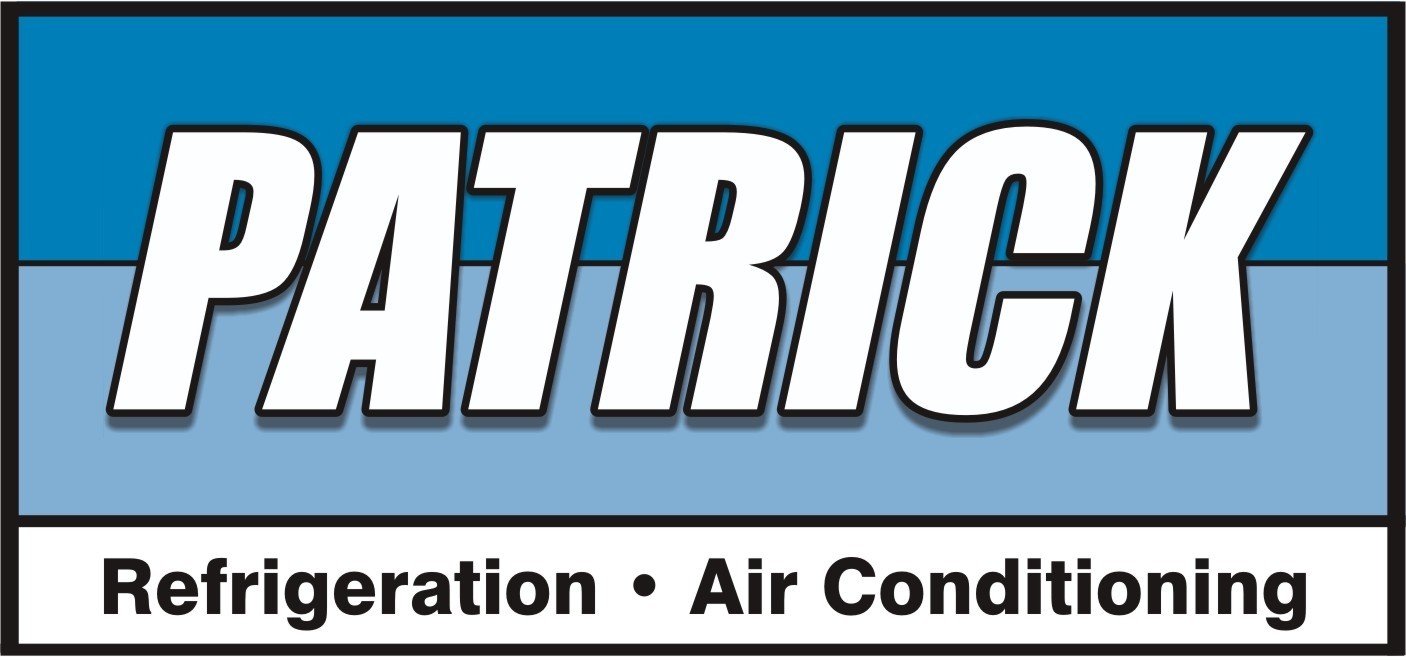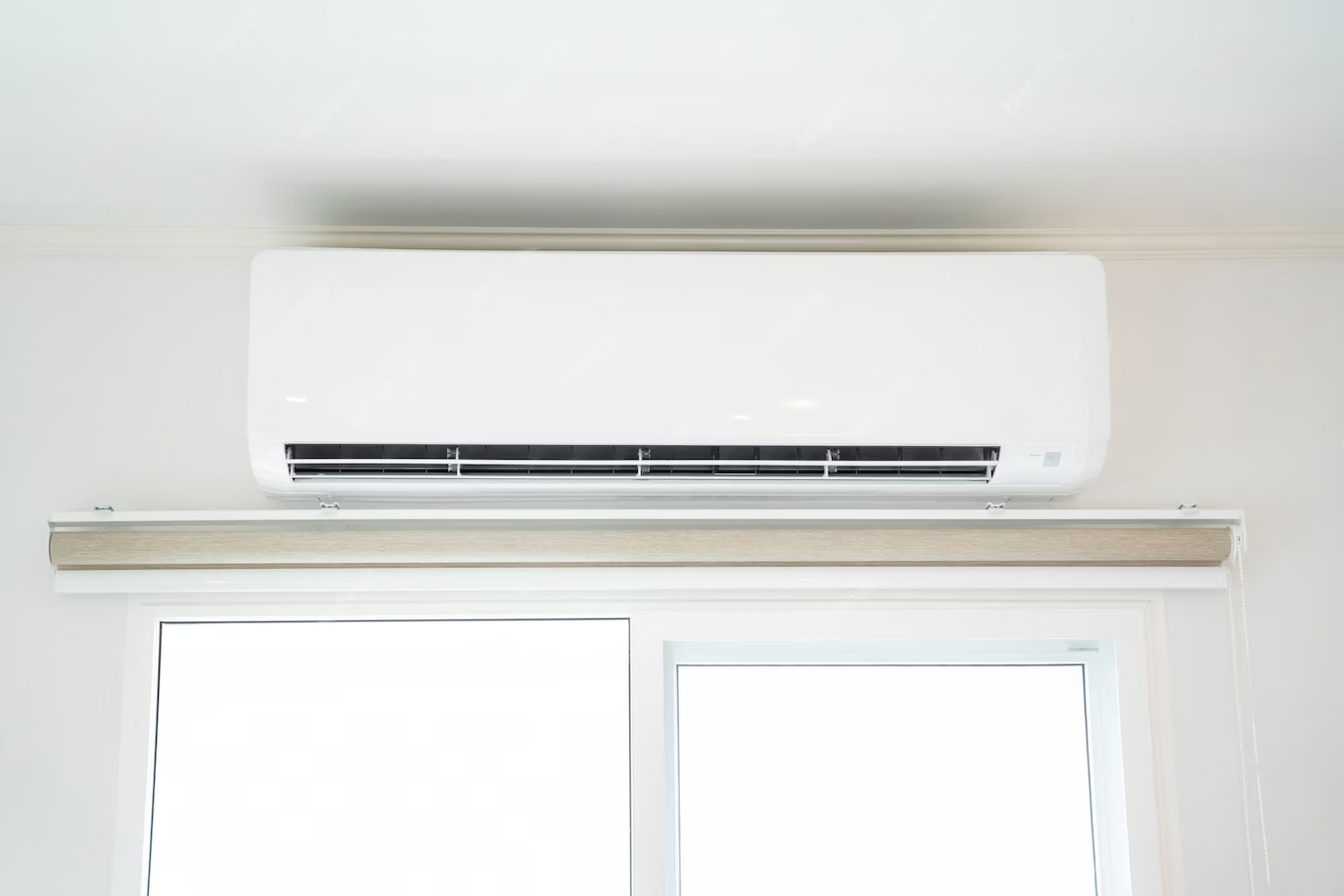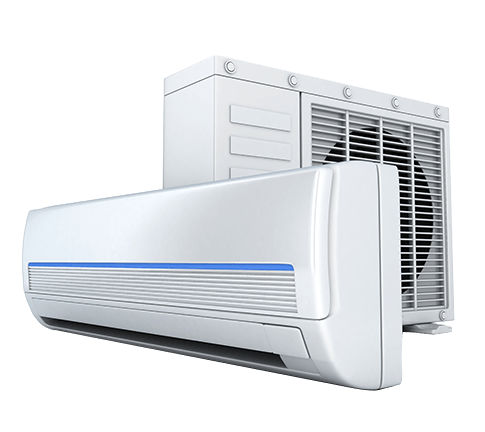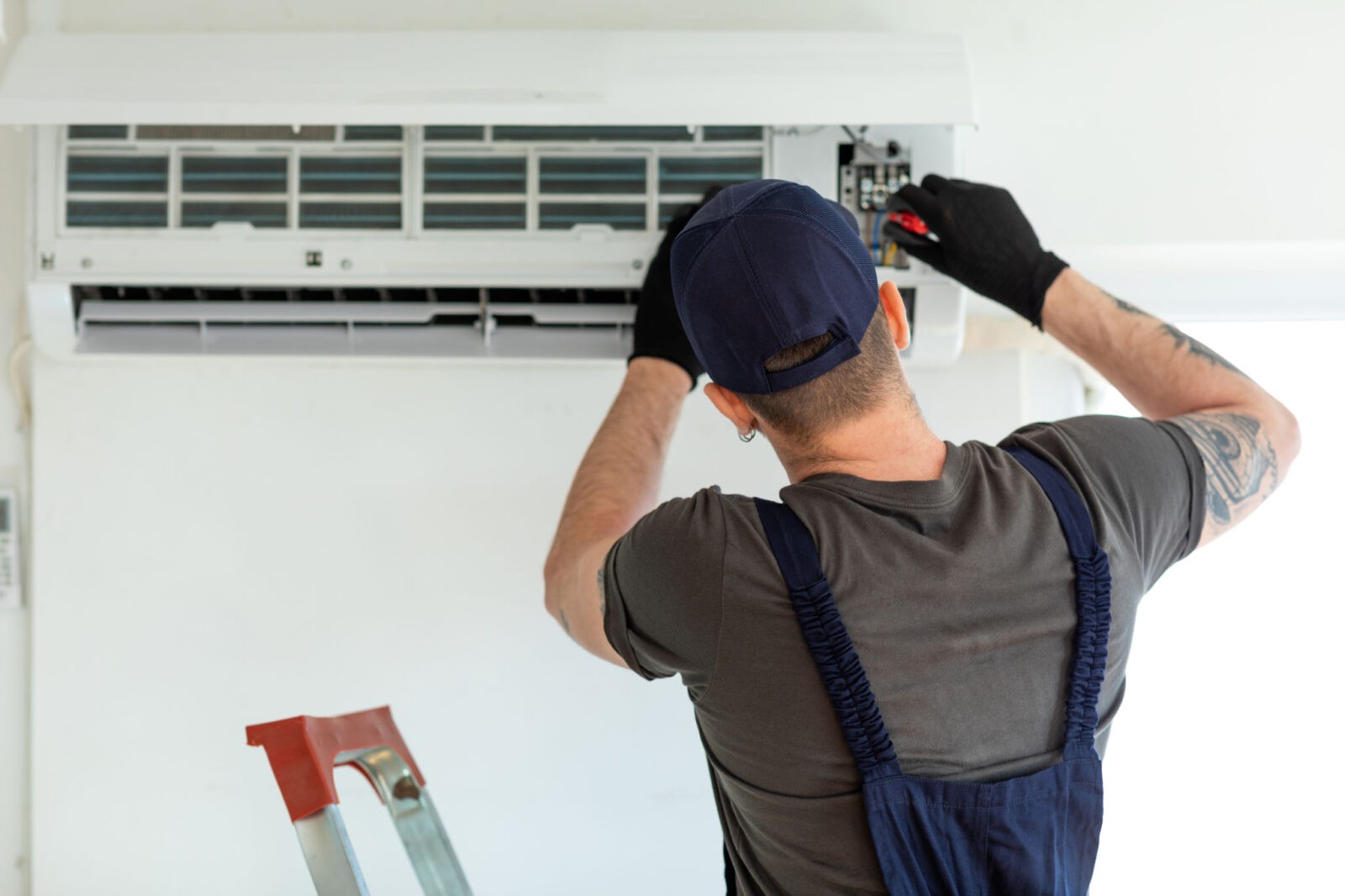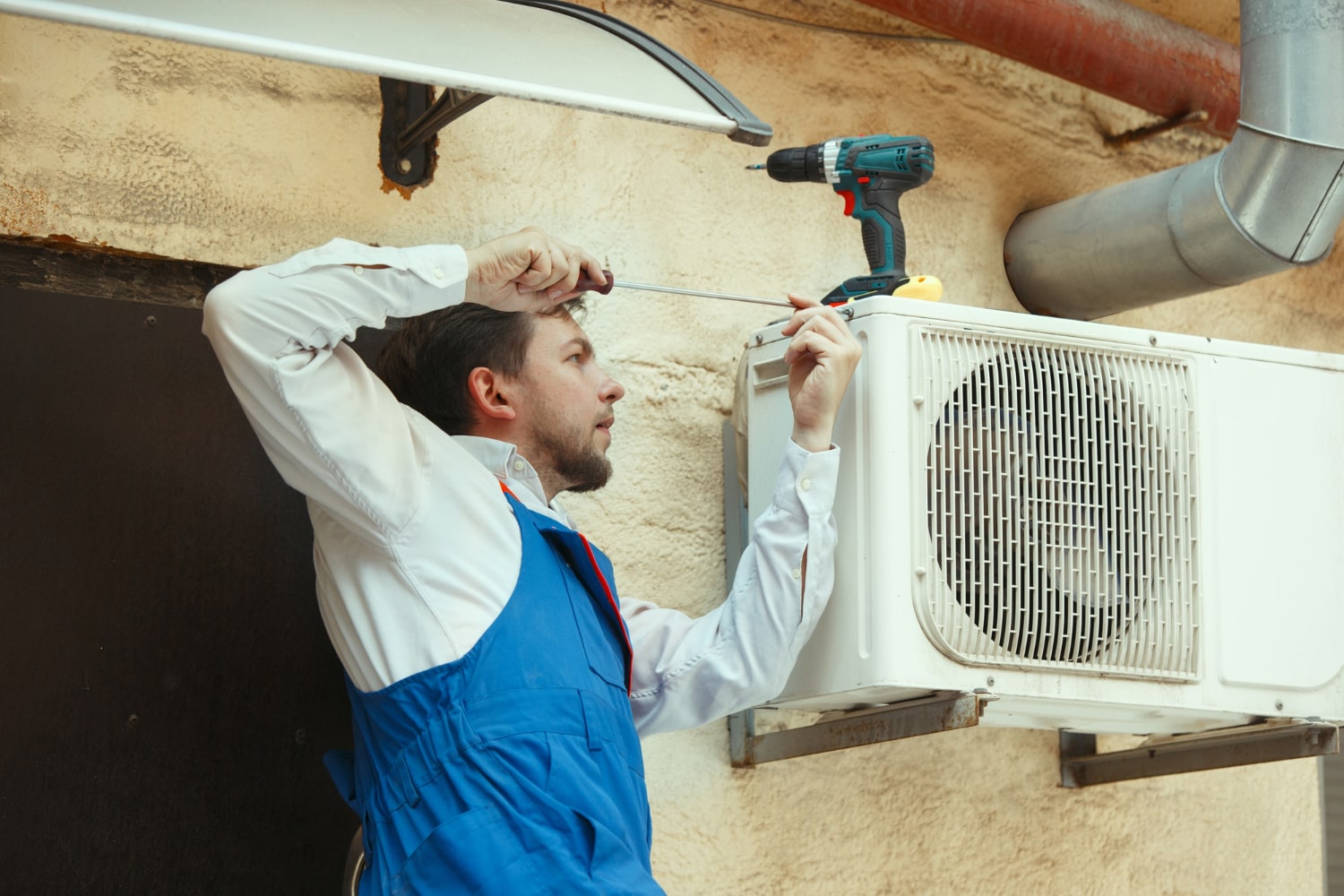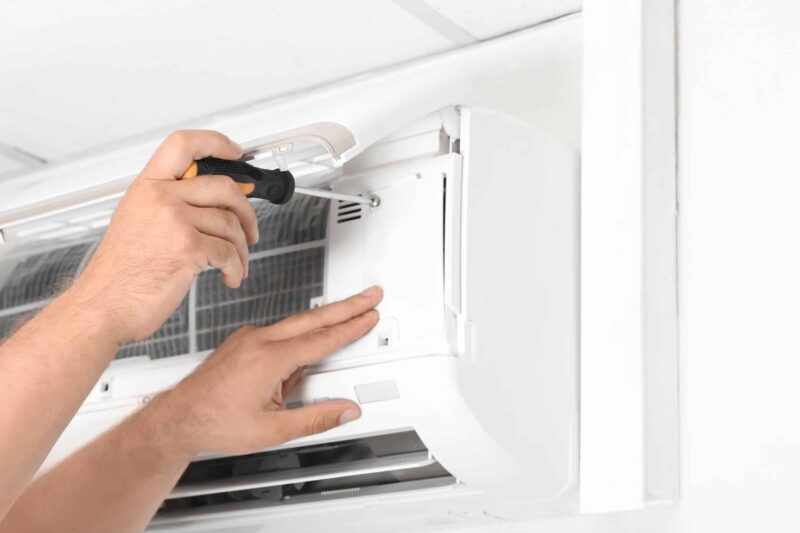When the Australian summer hits its peak, an efficient air conditioning system can be an investment in your home’s energy efficiency and year-round livability. However, understanding the air conditioner installation cost can be tricky, as prices depend on factors such as the type of unit, installation complexity, and additional features.
In this blog, we’ll break down the factors that influence installation expenses, discuss different types of air conditioners, and provide actionable tips for budgeting and choosing the right system for your home or business.
Factors Influencing Air Conditioner Installation Costs
The cost of installing an air con depends on several variables. Each factor can significantly influence the overall expense, and understanding them will help you budget effectively.
1. Types of Air Conditioners
The type of air conditioner you install plays an important role in determining the installation costs. Here’s an overview of the most common systems which will help you determine the cost:
- Split System Air Conditioners: Ideal for single rooms or small spaces. They are relatively affordable to install.
- Ducted Air Conditioning: This is a premium option for whole-house cooling. However, ducted systems require more complex installation.
- Multi-Split Air Conditioners: Suitable for homes with multiple rooms but without space for ducts.
- Portable Air Conditioners: These require no professional installation but are less efficient for larger areas.
2. Home Size, Layout, and Existing Infrastructure
The size and layout of your home determine the capacity and type of air conditioner installation required. Larger homes or spaces with challenging layouts (e.g., multiple levels) might need more complex solutions, which can then increase the new AC installation cost.
In addition to size and layout, the existing infrastructure of your home can also impact the cost. Older homes may require upgrades to electrical systems or the installation of new ductwork to accommodate modern air conditioning units. Homes with pre-existing ducted systems might be able to use their existing ductwork, but any necessary repairs or replacements will add to the overall cost. For homes without pre-existing infrastructure, the installation of ducts or new wiring can become a significant part of the project, further influencing your budget.
3. Labour and Material Costs
The price to install AC includes labour costs, which vary based on the complexity of the job. Additional materials such as mounting brackets, piping, or electrical upgrades can also increase expenses. For example, if your home requires the installation of new electrical wiring or a new circuit to support a high-powered air conditioning system, this will incur additional costs.
To budget for these costs, it’s crucial to get a detailed quote from your installer that breaks down the labour and material charges. This transparency will help you understand where the costs are coming from and whether there’s room to make adjustments if needed. Planning for both expected and unexpected material costs will ensure you’re not caught off guard during installation.
4. Regional Pricing Differences Across Australia
The air conditioner installation cost can vary depending on your location, as labour rates and demand trends differ between urban and rural areas. Some regions also experience seasonal fluctuations that can further affect pricing. The demand for air conditioning systems tends to spike during warmer months, such as the summer season. As a result, prices may increase during peak seasons when installers are in high demand. Conversely, during off-peak seasons, you can secure a better deal due to less competition for services.
If you live in an area with fluctuating seasonal pricing, it’s a good idea to plan ahead and schedule your installation during the off-peak months to potentially save on installation and service costs.
Cost Breakdown by Air Conditioner Type
Here is a detailed breakdown of air conditioner installation costs based on the type of system:
Split System Air Conditioner Installation Costs
Split systems are a popular choice due to their affordability and efficiency compared to the other air conditioners. The price to install split system air conditioner units typically ranges between $700 and $2,000, depending on the following factors:
- Unit capacity (measured in kW).
- The complexity of installation (e.g., wall-mounted vs. floor-mounted).
- Additional materials such as piping or brackets.
Ducted Air Conditioner Installation Costs
Ducted systems are perfect for comprehensive climate control but have a higher price tag. The cost of fitting air conditioning in a ducted system can range from $12,000 to $16,000 or more. Factors influencing costs include:
- The size of your home.
- Whether new ductwork is required.
- The complexity of installation.
Multi-Split Air Conditioner Installation Costs
A multi-split system allows for multiple indoor units connected to a single outdoor unit. The air conditioner installation cost for the multi-split air conditioner systems typically ranges between $3,000 and $7,000, depending on:
- The number of indoor units.
- Installation complexity.
- Brand and capacity of the units.
Portable Air Conditioner Costs
Portable air conditioner units are the least expensive option because they don’t require professional installation. Prices start as low as $300 for a basic model. However, they’re generally less energy-efficient and suitable for limited spaces.
Why do Prices Vary Across Regions in Australia?
Understanding regional pricing differences in air conditioner installation is key to budgeting effectively. Here are the main reasons prices fluctuate:
Demand Trends and Seasonal Fluctuations
In peak summer months, the demand for air conditioning installations surges, driving up labour costs and availability. Thus, booking your installation during off-peak seasons can help save money.
Local Economic and Labour Factors
Labour costs vary significantly across Australia. For example:
- Urban areas may have higher rates due to greater demand.
- Rural areas might incur additional travel or accommodation costs for installers.
How to Budget for Your Air Conditioner Installation?
Here are some practical tips to help you budget effectively for your air conditioner installation.
Research Air Conditioner Types and Costs
Start by researching different air conditioner systems, such as split, ducted, or portable units. Compare their prices, energy efficiency, and suitability for your space. Knowing the average cost of your preferred system will give you a solid foundation for your budget.
Get Multiple Quotes from Installers
Contact licensed HVAC contractors and request quotes for installation. Ensure the quotes include details such as labour costs, equipment charges, and any additional materials required. Comparing multiple quotes helps you understand market rates and choose a service provider that fits your budget. Also, inquire about the reputation and experience of the contractors to ensure you’re selecting a professional who can deliver quality service within your budget.
Consider Additional Expenses
Installation costs often include more than just the unit and labour. Factor in expenses such as ductwork modifications, electrical upgrades, or removal of an old unit. Discuss these potential costs with your installer to avoid surprises. Additionally, ensure you account for possible future repairs or unexpected requirements that may arise during or after installation, helping you plan for any unforeseen expenses.
Check for Rebates and Incentives
Many governments and utility companies offer rebates or incentives for energy-efficient air conditioning systems. Research available programs in your area to save money and reduce the upfront costs of your installation.
Plan for Maintenance and Operating Costs
A good budget also accounts for long-term expenses like maintenance and energy consumption. Therefore, you must choose an energy-efficient model to reduce operating costs and allocate funds for periodic servicing to extend the unit’s lifespan.
Explore Financing Options
If the installation cost exceeds your immediate budget, consider financing options. Many HVAC companies offer payment plans or financing schemes that allow you to spread the cost over several months. Before committing, ensure the terms align with your financial capacity.
Set Aside a Contingency Fund
Unexpected issues, such as additional repairs or delays, can increase the final bill. Allocate an extra 10-15% of your budget as a contingency fund to handle unforeseen expenses.
Proper planning and informed decision-making are important to ensuring a smooth and cost-effective air conditioner installation. Take the time to assess your options, and you’ll enjoy a comfortable indoor space without financial stress.
Tips for Estimating Additional Expenses
- Electrical Upgrades: If your home’s electrical system requires upgrades, this can add $500 to $2,000.
- Wall Brackets and Piping: Materials can cost an additional $100 to $300.
- Removal of Old Units: Disposing of an old air conditioner may incur fees of $100 to $300, which can add up to the overall air conditioner installation costs.
How Long Does Installation Take?
The time required to install an air conditioner varies by type and complexity:
Typical Timelines
- Split System: 3 to 6 hours.
- Ducted System: 1 to 3 days.
- Multi-Split System: 1 to 2 days.
- Portable System: No professional installation is required.
Factors That Can Delay or Expedite Installation
- Existing Infrastructure: Homes with pre-existing ductwork may have shorter timelines.
- Weather Conditions: Rain or extreme heat can slow outdoor unit installations.
- Installer Availability: During peak seasons, scheduling delays may occur.
Hiring a Professional Air Conditioner Installer
Choosing a qualified professional ensures that your air conditioner is installed safely and efficiently; however, you must consider certain factors.
What to Look for in a Reliable Installer?
- Licensing and Certification: Ensure the installer is licensed to handle refrigerants and electrical work.
- Experience: Look for companies with a strong track record in your area.
- Customer Reviews: Online reviews and testimonials of the air conditioner installer can provide valuable insights.
Cost Expectations and Ensuring Value for Money
On average, the labour component of the cost of installing an air con ranges from $500 to $1,500. To ensure value:
- Obtain multiple quotes.
- Confirm what’s included in the price, such as materials and warranty.
- Avoid extremely low quotes, as they may compromise quality.
Conclusion:
Understanding the cost of installing an air conditioner can help you make informed decisions about your home’s cooling system. Knowing the different types of air conditioning systems, regional prices, and overall expenses can help you choose the right system for your needs. By planning ahead, budgeting effectively, and hiring a reliable installer, you can ensure a seamless installation experience.
Looking to install an air conditioner? Call (07) 4982 3740 today for expert advice and competitive quotes!
